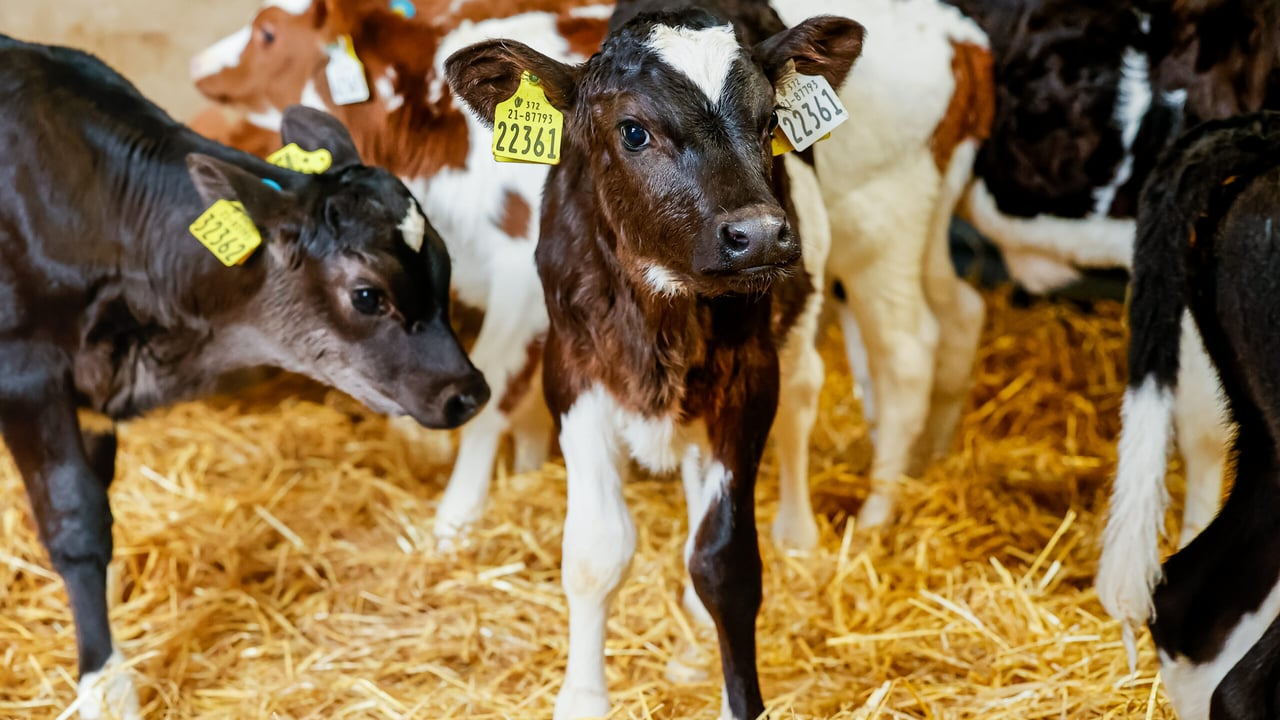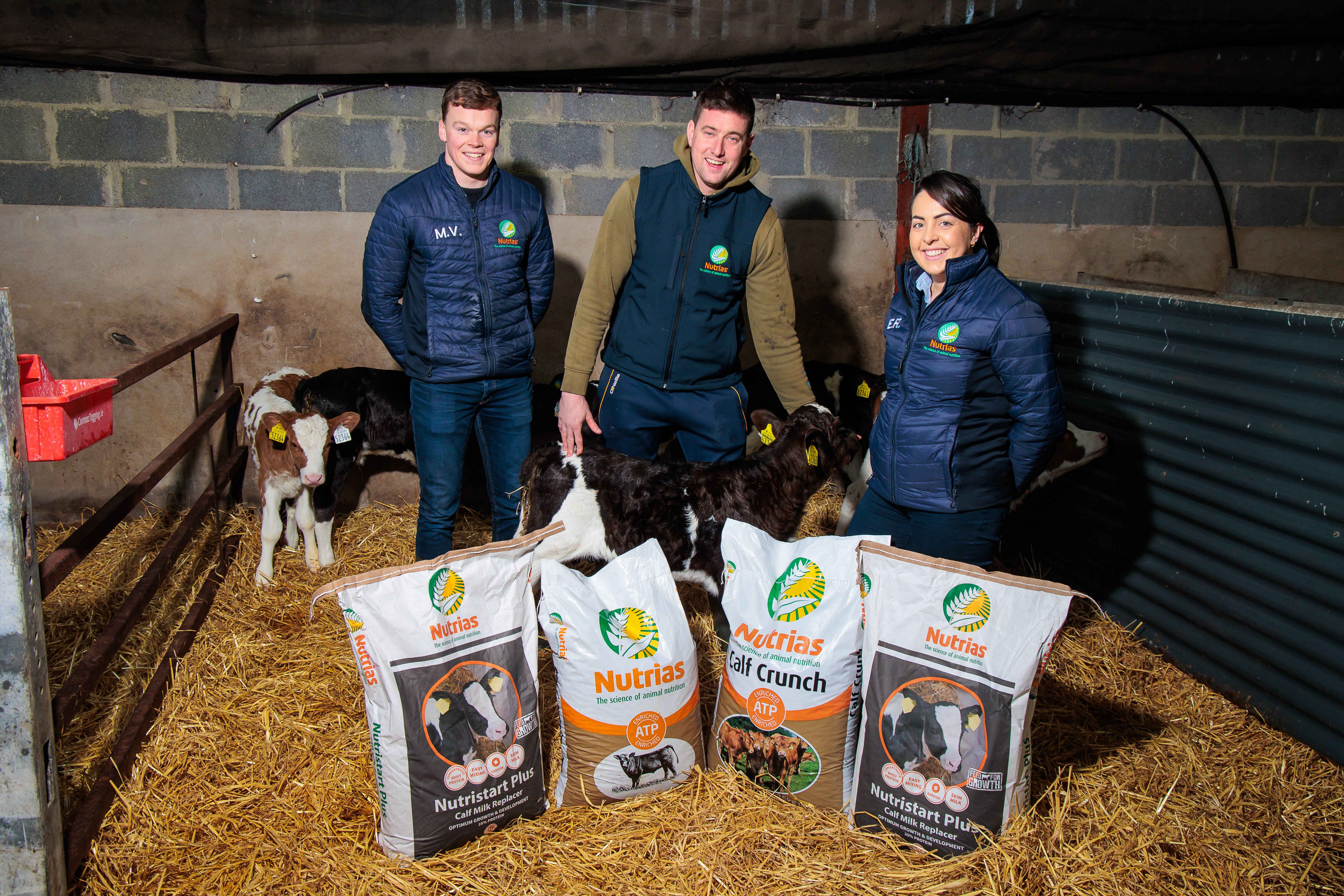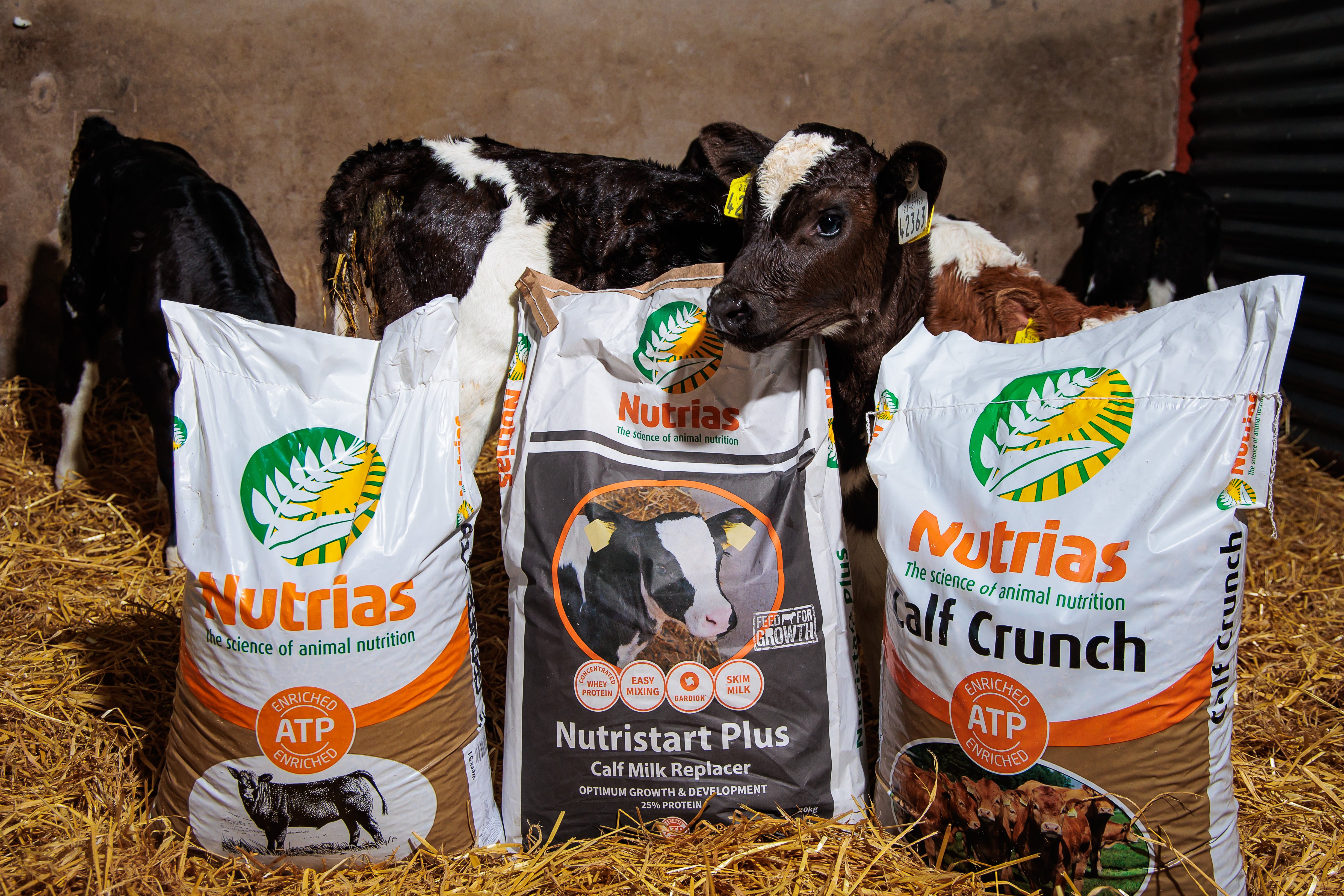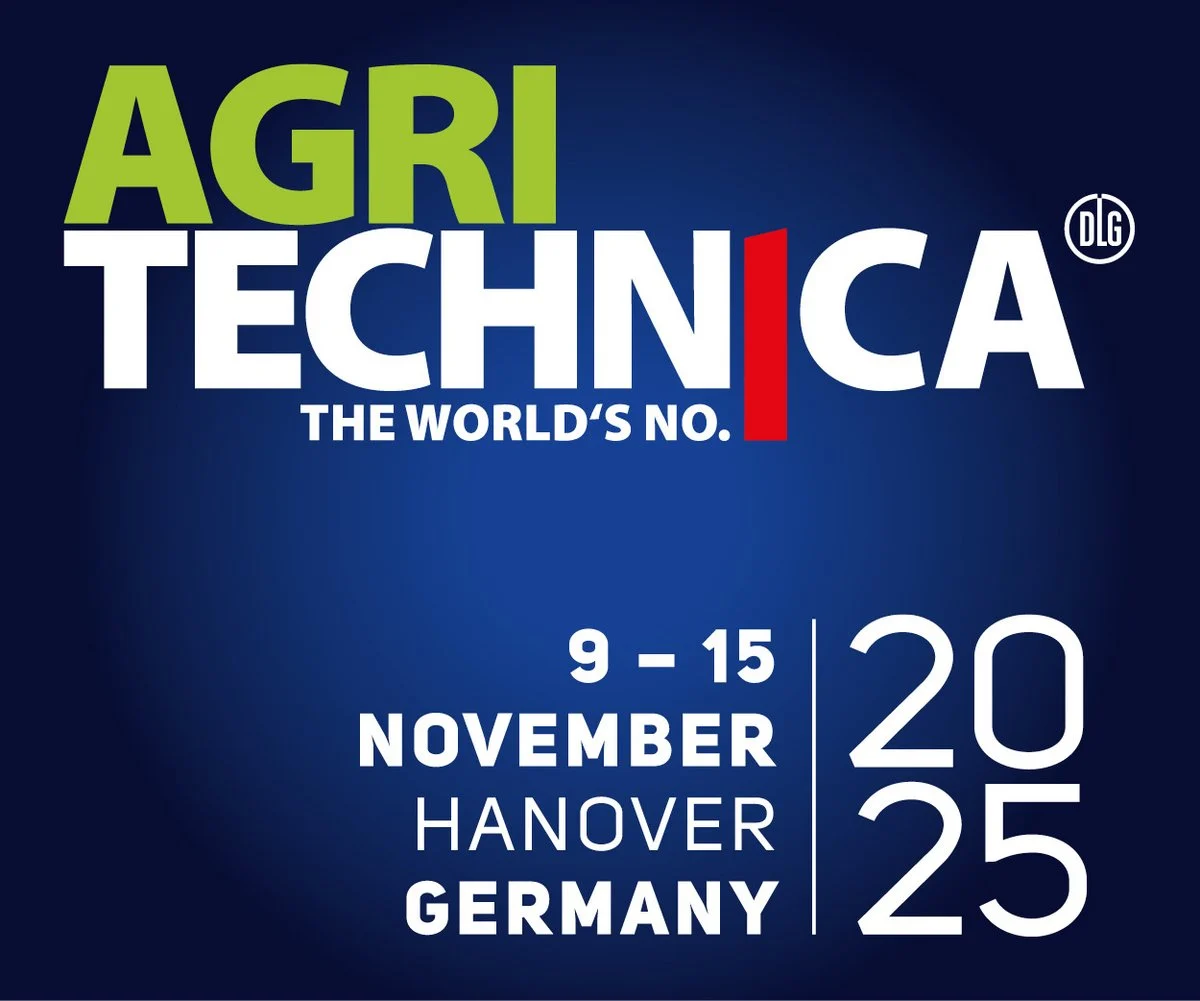Sponsored Article

Sponsored Article
Early calf nutrition - the key to lifetime performance
Sponsored Article

The management of calves in the first weeks of life will have a significant impact on their lifetime production and long-term profitability.
They say a good start is half the work and in the case of newborn calves, the best start to life we can give them is to ensure that all calves receive sufficient quantities of high-quality colostrum within the first three hours of life.
The next objective of calf-rearing is to maximise the calf’s growth rate in early life when it is at its most efficient, and to transition the calf from milk to solid feed and properly develop the rumen.
Much of the skill in calf rearing is making this diet transition as smooth as possible, without setbacks to the calf’s performance.
Calf nutrition in the pre-weaning period needs to be a careful balance of achieving adequate growth rates, while balancing milk intake with rumen development to get the calf weaned successfully.
In this article, we look at some top tips on the early nutrition of calves.
Transition milk is milkings two through six from freshly calved cows. On farms where there are no underlying cow health issues, such as Johne’s disease, calves should be fed at least four feeds of transition milk after the initial colostrum feed.
After the calf has received all feeds of transition milk, it should be offered whole milk or good-quality milk replacer. When feeding milk replacer, ensure a good quality concentrated whey protein or skim milk based milk replacer is fed.The milk replacer should contain 23-26% protein (predominantly dairy protein sources) and a fat content of 16-20%.
It is important that calves are fed enough milk so that they have sufficient energy to grow and stay healthy. Assuming 12.5% solids, calves should receive 13-15% of their body weight in their liquid feed/day.
This means feeding approximately 6L of milk (containing 750g of milk replacer) to an average sized Friesian calf/day which is divided into two equal feeds for at least the first four weeks of life. Of the 750g fed, approximately half is required for maintenance of the calf and the remainder is available for growth.
Nutrias Nutri Start Plus is a 25% crude protein milk replacer formulated for heifer rearing. Nutri Start Plus contains a high level of milk solids, derived from a combination of ultrafiltrated whey protein and skim milk powder.
The higher protein-to-fat ratio ensures heifers develop a good frame. Nutri Start Plus also contains a unique blend of pro and prebiotics with yogurt and Gardion for gut-health and digestive function.
It’s a complete feed with essential minerals and vitamins and amino acids to support calves’ natural immune system for an improved health and thrive.
Christopher Tuffy farms alongside his parents and partner Eimear in Enniscrone, Co. Sligo, and is currently milking 150 cows in a spring-calving system. Christopher was crowned the FBD Young Farmer of The Year in 2022.
He places a big emphasis on calf health and replacement heifer rearing. Christopher has been using Nutristart Plus calf milk replacer for all his calves since it was introduced three years ago.
“I choose Nutristart Plus for its higher protein content and the quality of the protein coming from milk derived sources, whey and skim milk powder," he said.
Calves are initially fed through teat feeders and subsequently switched onto an automatic feeder.
“Nutristart Plus is a very easy product to work with, it mixes easily and leaves no residue in the teat feeders. It also works very well in the automatic feeder," Tuffy added.
"Calves receive the recommended 6L/day at 15% solids," he said.
The intake of concentrates is the single most important factor in rumen development. Therefore, it is vital that calves have access to clean, palatable concentrates as soon as possible.
Providing a small amount fresh every day reduces wastage, encourages calves to eat and allows you to monitor intakes. Remove any uneaten concentrates and feed to older animals. Provide calves with clean, fresh water at all times.
A calf requires 4-5L of water for every 1kg of concentrates fed.
Christopher Tuffy introduces Nutrias Calf Crunch ATP once calves are a week old to start rumen development. When calves reach three weeks of age and when intake of crunch has increased, they are switched onto Nutrias Calf Grower ATP.
Christopher says that the calves “take to the crunch very quickly and are eating well within a few days”.
Nutrias Calf Crunch ATP contains toasted and flaked cereals and a unique flavour which makes it highly palatable and digestible to help promote early intake.
Nutrias Calf Grower ATP is an 18% crude protein pelleted calf feed with a high cereal inclusion and protein derived primarily from soyabean to encourage development, skeletal growth and optimise growth rates.
“The calves transition easily and quickly from the crunch to the nut," Tuffy said. Calves are fed Nutrias Calf Grower ATP during their first summer at grass to maintain performance.
Christopher keeps his own replacement heifers with 100% artificial insemination used on the farm. In 2022, 100% of heifers calved down at 22-24 months of age, therefore it’s vital that replacement heifers hit target liveweights throughout the rearing phase.
Christopher believes that “the use of a high-quality milk replacer is key to successful heifer rearing. If I use a lower quality milk replacer, then my calves will not perform and hit the target weights”.
“Overall, I’m very happy with the Nutrias calf products I’m using," he added.
"I put a big focus on early life nutrition through the use of a high-quality milk replacer and a calf nut that develops the digestive system and ensures calves develop properly and continue to thrive and stay healthy.
"Definitely, the Nutrias products I’m using are key contributing factors to my heifers reaching target weights and calving down at two years of age”.
Nutrias Nutri Start Plus, Calf Crunch ATP and Calf Grower ATP are available from your local farm commercial specialist, via your local Homeland store, or stocking merchant.
To learn more about the Nutrias products go online by clicking here.
Sponsored Article








